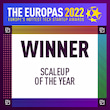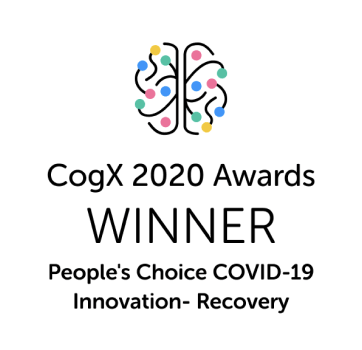Thinking about going to a doctor can evoke a whole lot of memories. This could be because of long wait times, too much paperwork or problems talking to administrators and doctors. All of which can be frustrating and time-consuming.
However, today, digital transformation has reshaped nearly every industry and healthcare is one of them. These software can address these pain points by streamlining appointment scheduling, digitising patient records and facilitating better communication among healthcare teams.
Also, the pandemic has made healthcare software and telemedicine services grow faster around the world. They made it possible for people to get help and support from doctors right away, even in the most remote places.
According to Statista, global online doctor consultations have increased from 57 million in 2019 to 116 million in 2024, and are expected to grow to nearly 124 million by 2028. Because of this high market share, popularity and innumerable benefits, developing your own healthcare software can be highly rewarding.
In this blog, we'll introduce you to the different roles software plays in the healthcare sector and how you can evaluate a software’s effectiveness. Plus, we'll look ahead to see where the healthcare industry is heading.
Let’s go!
Overview of healthcare software
Every year, the hospital market is growing. And with this expansion, the challenges of maintaining records, setting communication and executing error-free operational tasks are becoming complex. These factors have collectively led to the development of healthcare software, which aims to streamline these critical processes.
Healthcare software is applications designed to improve efficiency, accuracy and quality of healthcare services. These tools can manage patient records, streamline administrative tasks, facilitate better patient engagement and even support clinical decision-making.
12 most popular types of healthcare software
Let’s look at some of the most popular types of healthcare software. 👇
1- Electronic Health Record (EHR) software
These systems keep patient medical records, like data about their past health or the medicines they are taking. These medical records make them easy to find and share with doctors.
For example, Epic keeps patient medical records, including past health data, medications and test results.
2 - AI/ML-powered medical imaging software
These software uses Artificial Intelligence and Machine Learning to help doctors diagnose patients better. Software uses MRIs, CT scans and X-rays to get better pictures of the body. This helps to make diagnoses more accurate.
For example, IDx-DR is an AI-powered software that analyses retinal images to detect diabetic retinopathy.
3 - Remote Patient Monitoring (RPM) system
RPM software lets healthcare providers watch patients' health from afar using wearable devices. It collects and analyses real-time data on different health metrics, allowing doctors to manage more patients, better.
For example, Current Health offers a remote patient monitoring system that uses wearable devices to collect and analyse real-time health data.
4 - Telemedicine software
Telemedicine software offers features such as video conferencing, secure messaging and the ability to share medical records and test results. It makes healthcare more accessible for patients in remote areas, reducing the need for in-person visits, and manages health by providing timely medical advice.
For instance, Teladoc provides video conferencing, secure messaging and the ability to share medical records and test results.
5 - Personal Health Record Management (PHR)
PHRs let patients manage and access their own health information safely. It stores medical history, medications, allergies and test results. Patients can easily share this information with doctors for the most up-to-date and accurate information.
For example, MyChart, provided by Epic, is a patient portal that allows individuals to manage and access their health information securely.
6 - Hospital management system
This software manages all aspects of hospital operations, from patient care to administrative tasks like reporting and human resource.
For example, Cerner Millennium handles all aspects of hospital operations, from patient care and clinical workflows to administrative tasks like reporting and human resource management.
7 - Medical billing software
This software automates the billing and insurance claim process, reducing errors and improving reimbursement rates. For example, Athenahealth offers medical billing software that automates the billing and insurance claim process.
8 - Mobile Health (mHealth) apps
These apps are designed to support health and wellness through mobile devices. They can range from fitness and diet tracking to mental health support apps.
For example, MyFitnessPal supports health and wellness by tracking physical activity, diet and other health metrics
9 - Pharmacy management software
This type of software is designed to streamline the operations of pharmacies, making it easier to manage inventory, prescriptions and customer information in a pharmacy.
For example, Pharmacy OneSource streamlines operations, making it easier to manage inventory, prescriptions and customer information.
10- Health tracking apps
These applications help users manage various aspects of their health and wellness. Features can include tracking physical activity, diet and other sleep patterns.
Health tracking apps often work with wearable devices and can give you suggestions based on the data they collect. For example, Fitbit helps users manage various aspects of their health and wellness.
11 - Medical device integration software
This software is designed to connect and integrate various medical devices with hospital information systems, electronic health records (EHRs) and other healthcare management tools.
For example, iSirona is a medical device integration software that connects and integrates various medical devices with hospital information systems and EHRs.
12 - People management software
People management software is used to manage talent, hire, recruit and look into the benefits and payrolls of healthcare providers. For example, Workday helps healthcare organizations manage their workforce.
Evaluating healthcare software effectiveness
Healthcare organisations can evaluate the impact of healthcare software to check if it meets the needs of both providers and patients through these 5 steps. 👇
User satisfaction
- Gather feedback from doctors on the usability and overall satisfaction with the software through regular surveys and feedbacks
- Collect patient feedback through surveys, user interviews, and feedback forms embedded within the software on their user experience with the software, including ease of use and its benefits
Operational efficiency
- Evaluate healthcare software integration by gathering user feedback, conducting workflow analysis and monitoring performance metrics such as response time and error reduction, reduced administrative tasks or faster patient consultations
Data security and privacy
- Software complies with relevant regulations like Health Insurance Portability and Accountability Act and other data protection laws
- Assess the security features of the software, including data encryption, access controls through regular audits and compliance checks
Ethical and social impact
- Software should be free from bias and doesn't discriminate against any demographic group
- Assess that patients are fully informed about how their data is used and have the option to opt out if desired
Barriers to widespread adoption of healthcare software
Using healthcare software in the health industry will make many tasks easier for healthcare workers. But at the same time, these technological advances carry risks because they’re closely associated with human life.
Risks and comfort
Many people in the healthcare industry still believe AI to be a "black box," because its decision-making processes aren't always transparent. This lack of transparency can lead to mistrust, particularly when it comes to critical diagnoses.
For medical experts to fully trust AI decisions, they need to be trained and educated. It's essential to show that AI is designed to improve patient care, not to cause harm.
Costing
Implementing and maintaining healthcare software can be expensive. The initial investment in hardware, software and training, along with ongoing costs for updates and support, can be costly, especially for smaller clinics and practitioners.
Data privacy and security
Privacy and security of patient data is essential. High-profile data breaches can erode trust for both providers and patients from using healthcare software.
Regulatory challenges
Healthcare software must comply with many regulations. Navigating these regulations can be challenging and time-consuming, and non-compliance can result in penalties.
Bias and discrimination
Medicine has a long history of bias and discrimination from different parts of the world. AI has only made these problems worse.
If the training data for AI models isn't diverse or representative, the algorithms can perpetuate and even exacerbate existing biases. For example, if a model is trained primarily on data from one demographic group, it may perform poorly when applied to other groups.
Anticipating future developments in healthcare software
The future of healthcare software is driven by advanced technologies and a growing emphasis on patient-centred care.
Artificial Intelligence (AI) and Machine Learning (ML) will enable predictive analytics to diagnose disease and recommend personalised medicine based on individual health records like past conditions and allergies.
Telehealth and remote monitoring will become more sophisticated, offering high-quality virtual consultations and continuous health data from wearable devices.
Cybersecurity measures will evolve to protect sensitive data with advanced encryption and compliance with regulations. Also, Internet of Medical Things (IoMT) will integrate connected devices for real-time monitoring, leading to more proactive and personalised care in smart hospitals.
Natural Language Processing (NLP) will automate clinical documentation and enhance patient communication. These changes will make health care better, easier to get and use and change the way both providers and patients get care.
Conclusion
The healthcare industry is advancing rapidly thanks to novel software solutions. Today, these software solutions help you seek a doctor appointment from any remote location.
And with the growth of AI, these software solutions can also help you diagnose your conditions and help doctors in recommending medications according to your past medical records.
This is where working with the best in the industry significantly increases your chances of successfully building a high-quality app.
Builder.ai helps you build your app efficiently. We:
✅ - Assign you a dedicated project manager, who keeps all stakeholders on your app project aligned and on track; you never need to speak to a software developer or write a single line of code
✅ - Speed up development time by giving you access to a comprehensive library of reusable features, fitted together by AI
✅ - Give you upfront costs and competitive timelines so your project stays under control
If that’s something you’d like to explore, please get in touch 👇
Create robust custom software today
100s of businesses trust us to help them scale.
Book a demoBy proceeding you agree to Builder.ai’s privacy policy
and terms and conditions
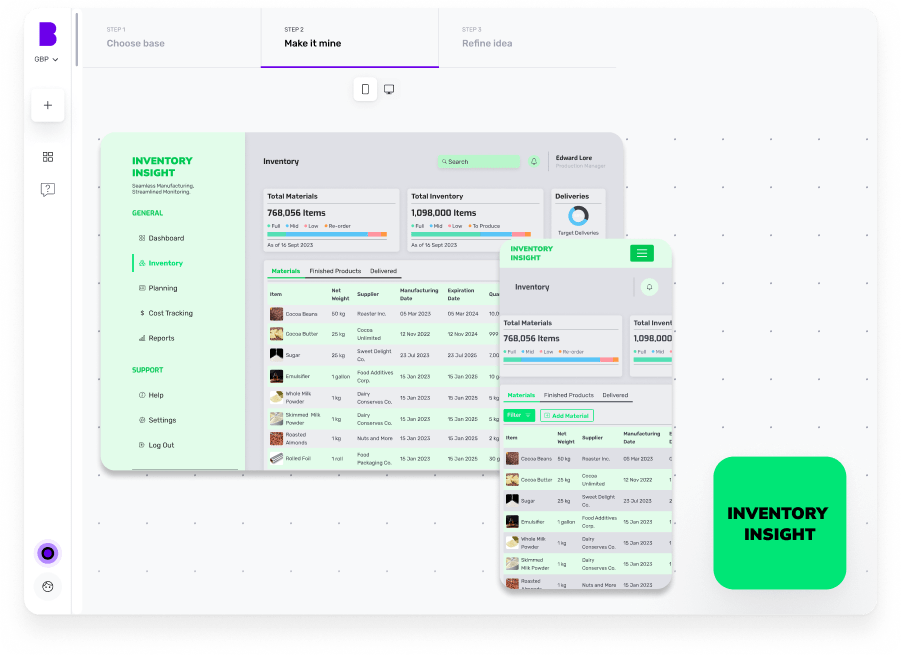
FAQs
What are common types of healthcare software examples?
Common healthcare software includes EHR systems (Epic, Cerner), practice management (Athenahealth, Kareo), telehealth (Teladoc, doxy.me), medical billing (AdvancedMD, NueMD) and patient engagement platforms (MyChart, Patient Fusion).
How do healthcare software examples improve patient care?
Healthcare software improves patient care by enhancing accuracy and efficiency in record-keeping, facilitating remote consultations and providing real-time clinical decision support.
It also empowers patients with accessible and interactive health management tools. These technologies make it easier to get the right treatment and monitor your health more closely.
What features should be included in healthcare software?
Healthcare software should include patient portals, telehealth, clinical decision support, billing, medication management, scheduling and data analytics.
Are there specific healthcare software examples for telemedicine?
Teladoc for virtual consultations; Amwell for primary and speciality care, Doxy.me for and MDLive for on-demand telehealth services are some popular telemedicine services.
How's data security handled in healthcare software examples?
Data security in healthcare software is crucial and is handled through various measures. For example, they’ll be using advanced encryption and secure data centres to protect patient information. These platforms also implement strict access controls, regular security audits and compliance with regulations to safeguard sensitive health data.
Harsh Priya is a writer at Builder.ai. She has over 3 years of experience in content marketing, spanning across fields like AI, Machine Learning, software, tech, health and lifestyle. With a background in English literature and a fervent passion for research and analysis, Harsh transforms complex concepts into compelling and insightful narratives that educate and drive significant reader engagement.

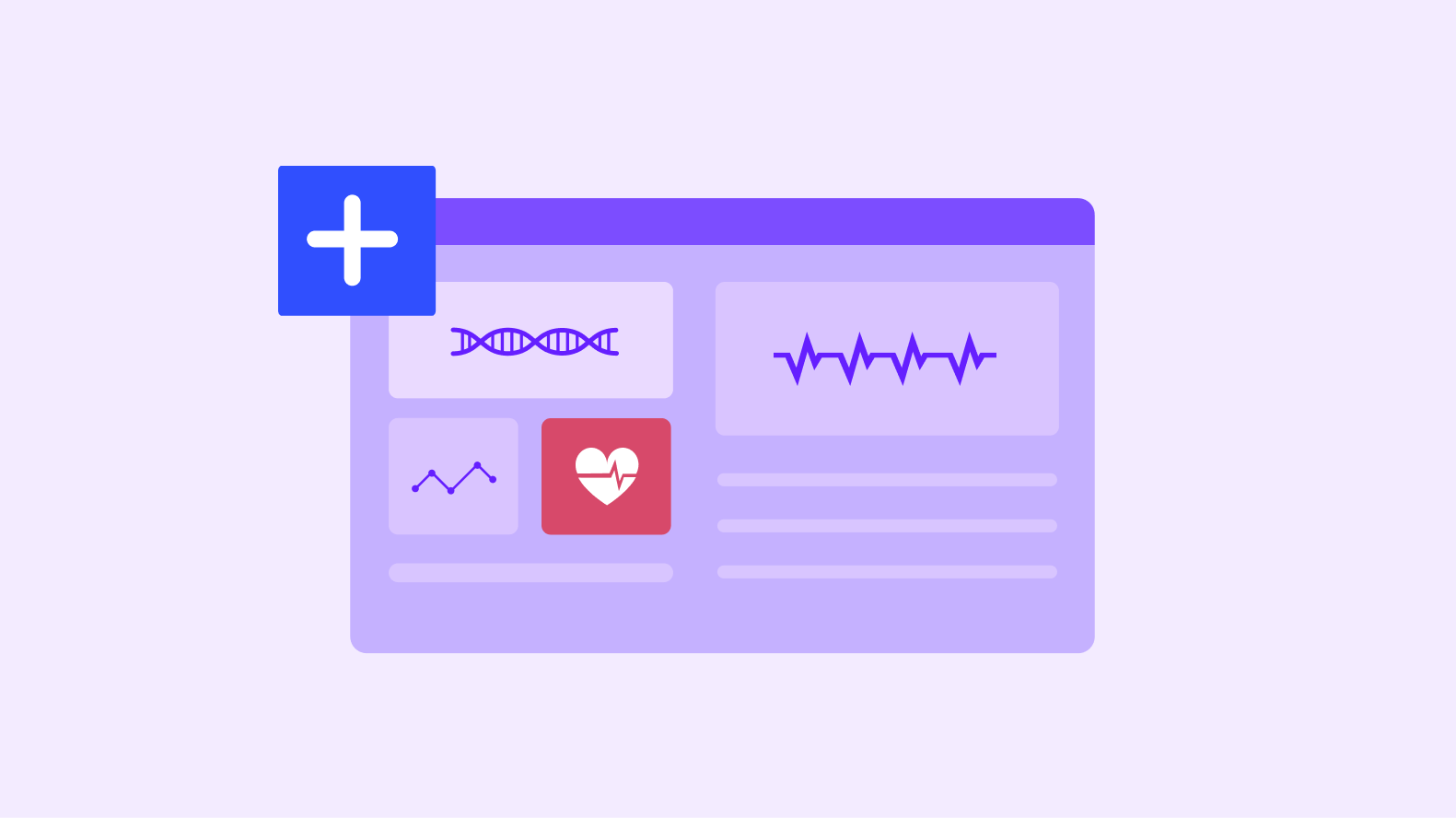


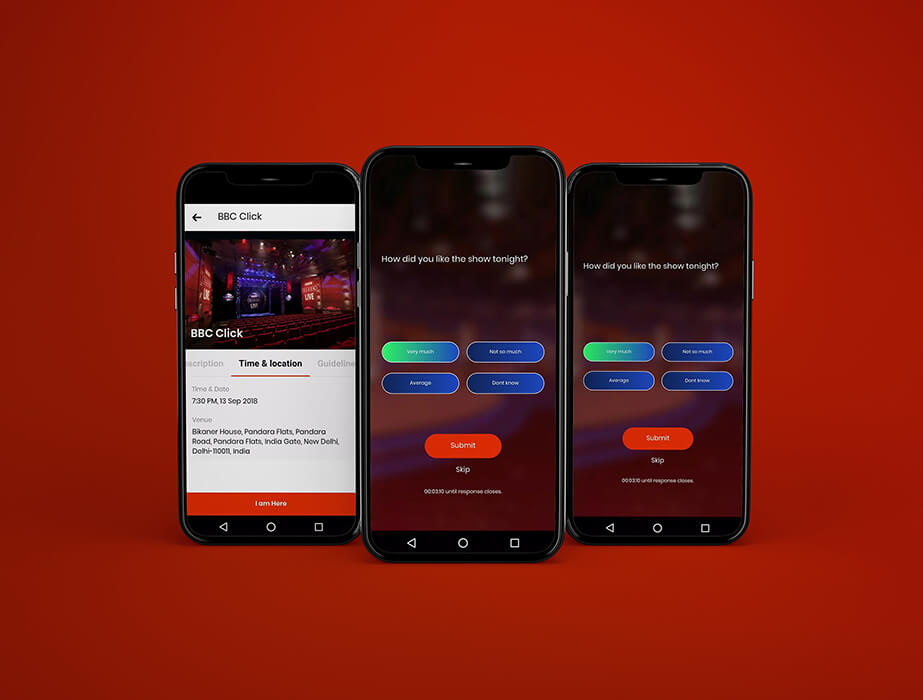

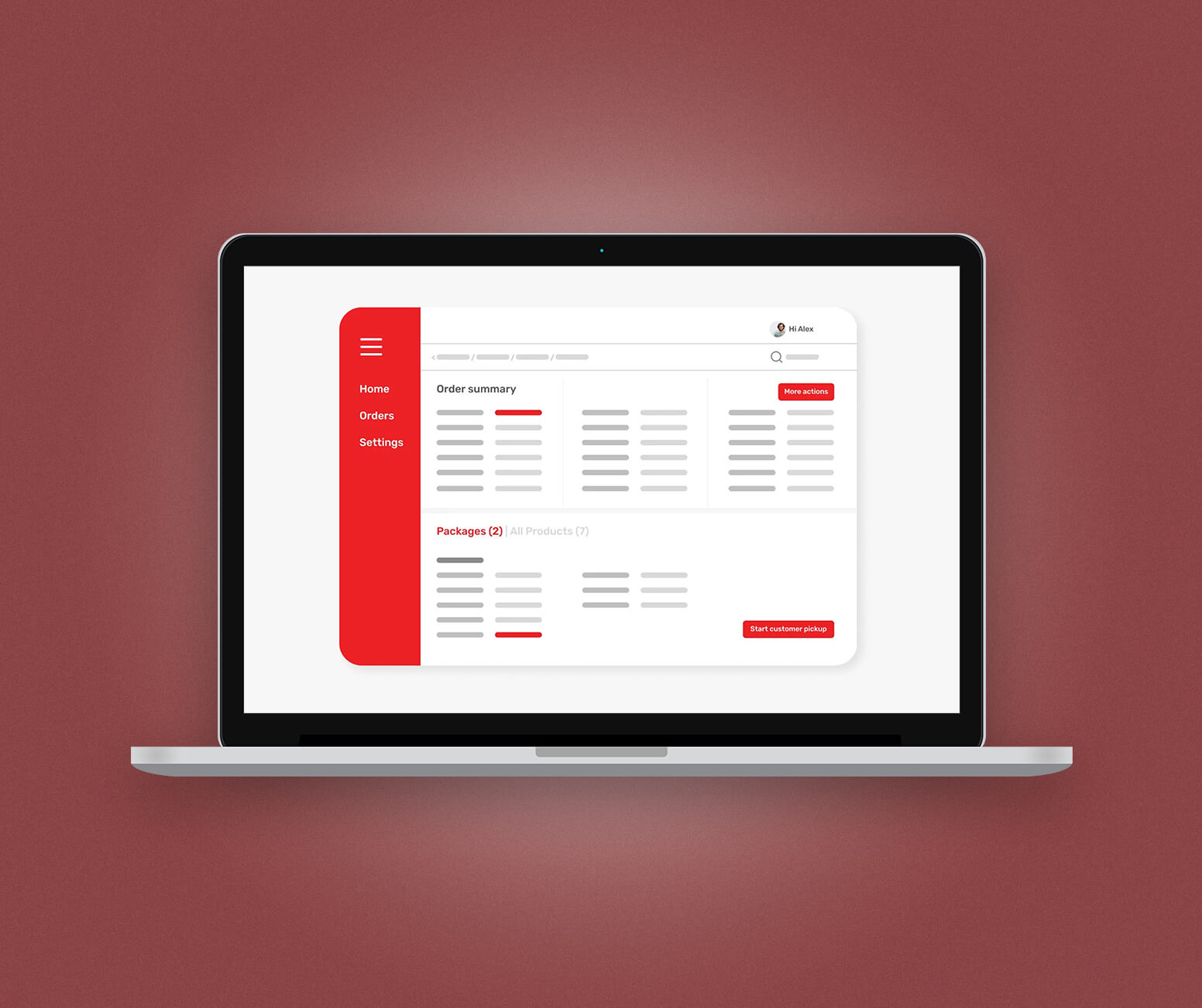

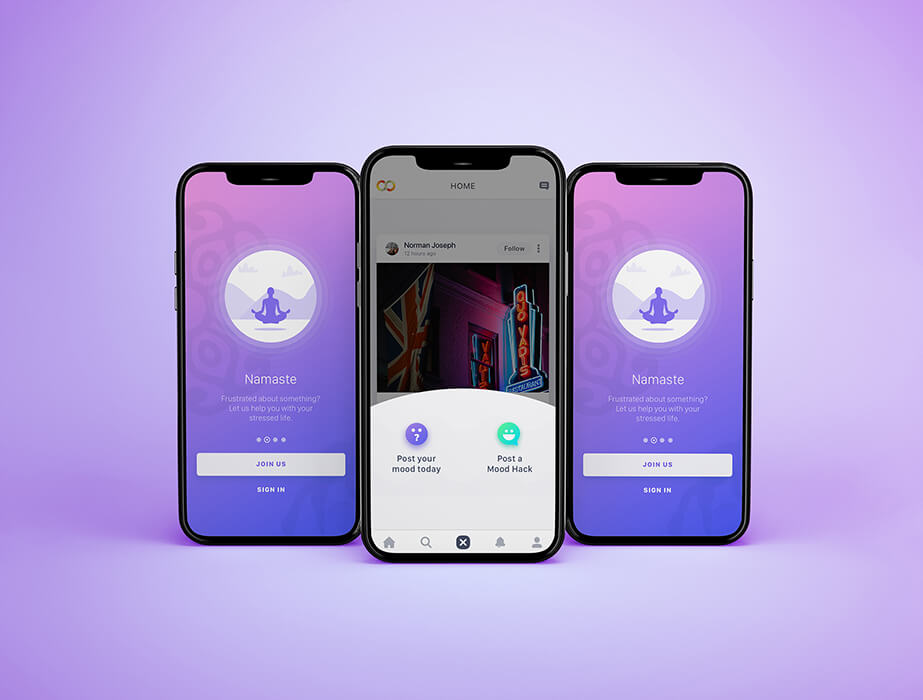

 Facebook
Facebook X
X LinkedIn
LinkedIn YouTube
YouTube Instagram
Instagram RSS
RSS